I'm currently developping a tool to visualize some models inside a WPF application.
One of my problems is the "live edition" problem using the MVVM pattern.
In the screen shown under, I have my MainWindow with a panel including the MonoGame rendering using: https://github.com/ShyroFR/MonoGame.Interop
The thing is, when i'm going to turn on/off switches or other controls on my "Edit" window, I want the changes to occur on the MainWindow. If I choose to valide the changes, ok, no problem, changes will be made, but if I cancel the edition, the previous version should be back again. (Basicaly just a have to do a save before...)
Thank you for your help, have a good day and happy new year :)
